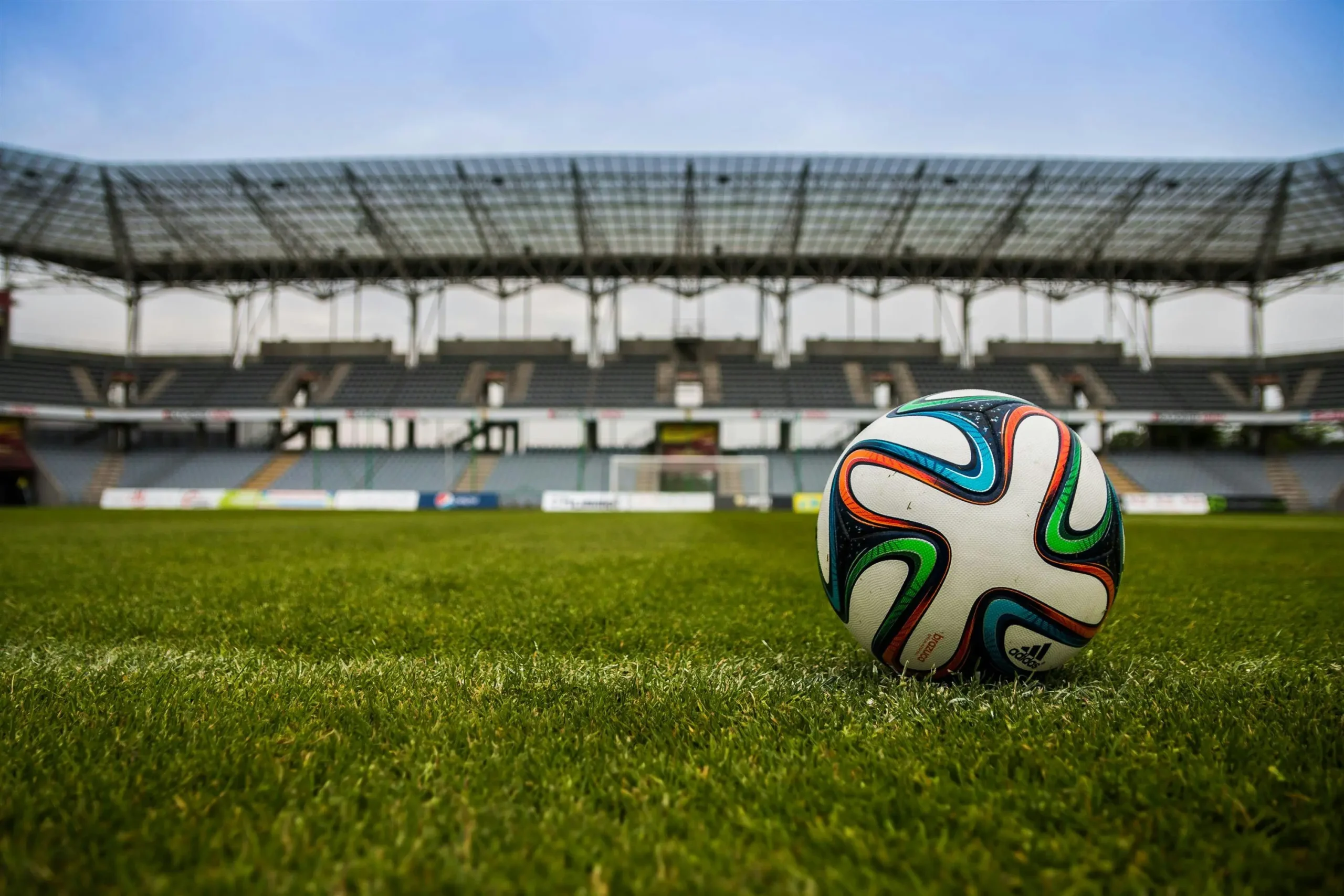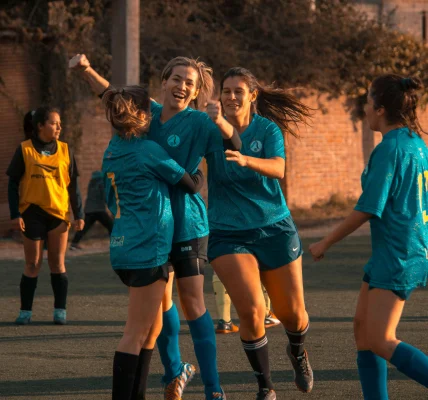Like many interests, football separates people as much as brings them together. This goes beyond just entertainment value. Few features of the game draw more notice than those of its rivals in underlining this variation. Often resulting from history, culture, and local pride, these strong clashes provide a setting unlike anything else in sports. This article looks at some of the histories, the drama, and the fervent supporter bases characterizing some of the most well-known football rivals.
Real Madrid Vs Barcelona
Spain’s two giants, Real Madrid and Barcelona, fight incessantly under a moniker known as El Clásico among the most well-known football rivalries in the world. Outside the pitch, this rivalry catches the political and historical disputes between Catalonia and Spain’s capital. Although the competition began in the early 20th century, it was especially intense under Francisco Franco’s presidency as Real Madrid was regarded as the establishment team and Barcelona stood for the attitude of Catalan resistance. Games between these two teams were intellectual challenges more than just football.
From big goals to questionable decisions, El Clásico has produced some rather remarkable incidents. Both sides have some of the best players in the world, hence the games are usually full of intense drama and tension. Important player moves between the teams, such the contentious Luís Figo’s 2000 move from Barcelona to Real Madrid, which upset Barcelona fans, have bred resentment.
Those backing both sides are among the most motivated people living on Earth. El Clásico is for them a season defining event rather than simply a game. The matchday surroundings at both Santiago Bernabéu and Camp Nou are shaped by the cacophony of noise created by the supporters, who also exhibit amazing tifos that exactly reflect their strong emotions.
Rangers Vs Celtic
Nestled in Scotland among religion, politics, and social identity, one of the longest and most intense football rivalries—the Old Firm Derby between Celtic and Rangers—is tightly entwined. Late in the 1800s Glasgow, Scotland, started to see similar rivalry. Rangers is very close to the Protestant community; Irish immigrants founded Celtic, which has traditionally been associated with the Catholic community. The rivalry emphasizes Scotland’s sectarian split, which makes the events outside of merely sports very relevant.
Old Firm games are also somewhat well-known for their violence off-field. Among the participants, there is no lost love; usually, the exchanges are direct and forceful. Among the few troubling incidents the Derby has seen are red cards, brawls, and occasionally even spectator violence. Usually in a hostile surroundings, the games have great stakes as both sides compete for dominance in Scottish football.
Among the fans, the degree of competitiveness is as high as among the teams. The atmosphere in the stands might be somewhat heated as both groups of supporters yell songs acknowledging their ethnic and religious identities. Even with initiatives meant to reduce sectarianism, the Old Firm Derby remains of the most unusual and acrimonious events in world football; it still stands as a symbol of deep-rooted conflict.
Inter Milan Vs AC Milan
Twice among Italy’s most successful teams, AC Milan and Inter Milan face off the Milan Derby, commonly referred to as the Madonnina Derby. Local pride is vital, but this rivalry catches the two teams’ distinct characters. Six rebels split away from AC Milan to form Inter Milan, therefore separating the two teams and sparking enmity in 1908. Having both clubs share the well-known San Siro stadium, the Milan Derby has changed throughout years to reflect Milan’s struggle for city supremacy.
The Derby della Madonnina has produced some of the most dramatic and unforgettable incidents in Italian football. Often hotly debated, the games include some of the best players from both sides. Legendary players such Paolo Maldini, Franco Baresi, Javier Zanetti, and Ronaldo (Brazil) have left their mark on these meetings.
Like the game on display, the Milan Derby is a moment for the fervor of the fans. Rossoneri from AC Milan and Nerazzurri from Inter Milan coordinate performances, flares, and nonstop shouting to create an incredible San Siro scene. Celebrating Milanese football, the game honors the game since fans are simple in making it among the most watched and expected derbies in the world.
Rio Plate vs Boca Juniors
Apart from a football game, the Superclásico between Boca Juniors and River Plate helps to define Argentina’s cultural character. Rival supporters are well known for their zeal and intensity. Both teams were founded in the La Boca district of Buenos Aires early in the 20th century, hence starting the Superclásico. River Plate moved at last to a more affluent area, which resulted in the belief that the team represented the upper class whereas Boca Juniors is regarded as the working class club. This socioeconomic gap accentuates the conflict of the struggle.
Among games in international football, River Plate and Boca Juniors events are among the most intense and emotional ones. Usually with late goals, controversial refereeing rulings, and a strong push for dominance, the games are chaotic. On the field, the Superclásico is well-known for its loud and occasionally violent environment, same as among the viewers.
Among the most passionate individuals on the earth are those who support Boca and River, who have been devoted to their clubs for decades. Especially at Boca’s La Bombonera, the well-known stadium where fans build a wall of noise capable of intimidating even the most experienced players. Not merely a game, the Superclásico honors the real passion and rage football can arouse.
The toughest football opponents capture history, culture, and great passion rather than merely events. From the ideological conflict of El Clásico to the sectarian split of the Old Firm Derby, the local pride of the Milan Derby, or the cultural significance of the Superclásico, these events genuinely reflect the essence of what makes football the most popular sport globally. After a year, the drama on the field, the fervent enthusiasm of the spectators, and the rich legacy under these fierce contests ensure that they will remain the highlights of the football calendar year.




